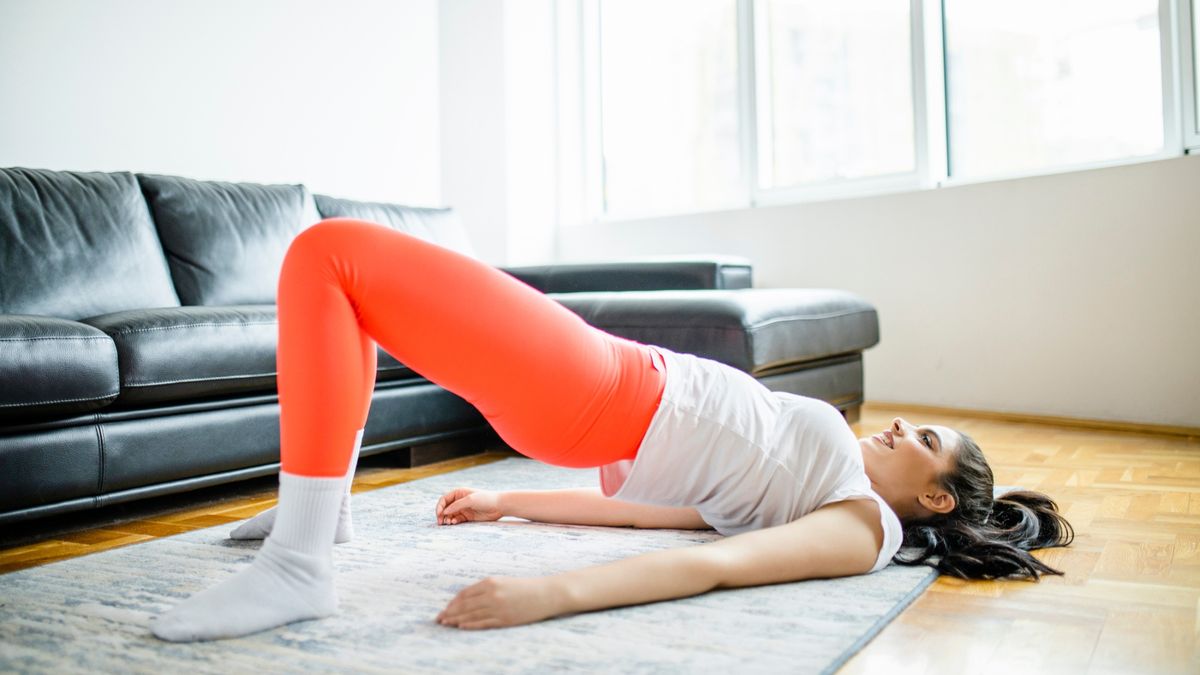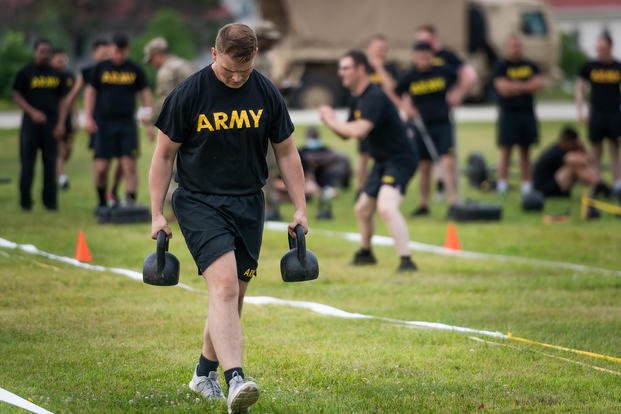Effective Bodyweight Exercises to Alleviate Lower Back Pain While Running
Say Goodbye to Lower Back Pain: Bodyweight Exercises for Runners
Running is one of the most liberating forms of exercise. The wind in your hair, the rhythm of your feet against the pavement—it can feel downright magical. But when the magical experience turns into a painful ordeal, particularly in your lower back, it can be a nightmare. If you’re nodding your head in agreement, you’re not alone! Many runners experience lower back pain, especially when they’ve been pounding the pavement without the right muscle support. Fear not! In this article, we’re diving into some effective bodyweight exercises that can help alleviate lower back pain while running.
Why Does Lower Back Pain Occur While Running?
Before we jump into the good stuff—those awesome bodyweight exercises—let’s chat a bit about why lower back pain can creep in during your runs.
Understanding the Cause
Lower back pain often results from a combination of factors:
- Muscle Weakness: Weak core and glute muscles can lead to poor running mechanics, placing undue stress on your lower back.
- Poor Posture: Runners sometimes slouch or lean forward too much, making their backs work overtime.
- Tight Muscles: Tight hamstrings or hip flexors can pull on the lower back, creating tension and discomfort.
Think of your body as a car: if the engine (your core) isn’t running smoothly, the whole ride will be bumpy.
The Importance of Strengthening Your Core
Your core isn’t just your abs; it includes everything from your pelvis to your lower back. Strengthening your core can significantly reduce lower back pain when running. Incorporating targeted bodyweight exercises into your routine can help build the muscles needed to support your spine. But what exactly should you be doing?
Effective Bodyweight Exercises for Lower Back Pain
With the foundation set and an understanding of the why behind lower back pain, let’s move on to the exercises! These moves are easy to do, require no equipment, and can be incorporated right into your warm-up or cool-down routine.
1. Plank
This is a classic core-strengthening move that works wonders for stabilizing your lower back.
How to Do It:
- Start by lying face down on the ground.
- Push up into a plank position, with your elbows directly beneath your shoulders and your body in a straight line from head to heels.
- Hold this position for 20-30 seconds, keeping your core engaged.
- Rest and repeat for 3-4 rounds.
Tips:
- Keep your hips level—don’t let them sag!
- Imagine a string pulling you up from the top of your head to maintain proper alignment.
2. Bird-Dog
The Bird-Dog exercise is fantastic for enhancing stability and coordination. It’s like balancing on a tightrope, but trust me, it does wonders for your back!
How to Do It:
- Start on all fours, with your hands below your shoulders and your knees below your hips.
- Extend your right arm forward and your left leg back, keeping your body in a straight line.
- Hold for a few seconds, then switch sides.
- Aim for 10-12 reps per side.
Tips:
- Focus on your movements—slow and controlled wins this race!
3. Glute Bridge
A strong backside will help alleviate lower back strain, and what better way to build those glutes than with the Glute Bridge?
How to Do It:
- Lie on your back with your knees bent and feet flat on the floor, hip-width apart.
- Press through your heels and lift your hips toward the ceiling, squeezing your glutes at the top.
- Hold for a count of three before lowering back down.
- Complete 10-15 reps.
Tips:
- Don’t overarch your lower back—focus on pushing through your heels and engaging your glutes.
4. Cat-Cow Stretch
This dynamic stretch is not only great for your back but also increases flexibility in your spine. Think of it as giving your back a mini massage!
How to Do It:
- Start on all fours (the same position as the Bird-Dog).
- Inhale and arch your back (cow position), looking up.
- Exhale as you round your back (cat position), tucking your chin to your chest.
- Alternate between these two positions for 10-15 cycles.
Tips:
- Move at a slow pace—let your breath guide your movements.
Building a Routine
Now that you know these effective exercises, the real magic happens when you turn them into a routine.
Structure Your Workouts
Try integrating these moves into your running routine:
- Warm-Up: Spend 5-10 minutes doing a combination of the Bird-Dog and Cat-Cow stretches to prepare your body.
- Post-Run: After your run, do the Plank and Glute Bridge as part of your cool-down to help strengthen and stretch those muscles.
Consistency is Key
Like any fitness regimen, consistency is vital. Aim for at least 2-3 times a week to perform these exercises. You’ll be amazed at how your back will feel in no time!
Other Tips for Pain-Free Running
In addition to doing these exercises, a few extra tips can help keep your lower back pain at bay when you’re out for a run:
- Warm-Up Properly: Get your blood flowing before you hit the road.
- Stay Hydrated: Dehydrated muscles are more prone to injury.
- Listen to Your Body: If something feels off, don’t push through the pain. Take a break or adjust your running form.
- Invest in Proper Footwear: A good pair of running shoes can make a world of difference—think of them as the tires on your car!
Conclusion
Lower back pain doesn’t have to put a damper on your running adventures. By incorporating these effective bodyweight exercises into your routine, you can create a more stable and resilient foundation for your runs, allowing you to focus on the joy of running rather than the agony of pain.
Remember, just like building a house, it all starts with a strong foundation. Your body deserves the same attention!
So lace up those running shoes and feel your lower back pain melt away as you find your rhythm on the road!
FAQs
1. How often should I do these exercises?
Aim for 2-3 times a week, ideally before or after your runs.
2. Can I do these exercises if I already have back pain?
Yes! Start slow and listen to your body. If pain persists, consult a healthcare professional.
3. Do I need any special equipment?
Nope! These exercises can be done using just your body weight.
4. What’s the biggest benefit of a strong core for runners?
A strong core improves running form and helps prevent injuries, especially in the lower back.
5. How long before I notice a reduction in lower back pain?
Results vary, but you should start to feel improvements within a few weeks of consistent practice!







